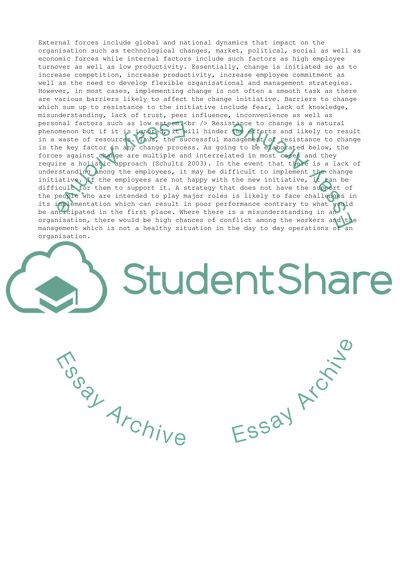Cite this document
(Different Barriers that Affect an Organisation Essay, n.d.)
Different Barriers that Affect an Organisation Essay. https://studentshare.org/management/1736841-what-are-the-barriers-to-implementing-change-and-how-best-can-they-be-surmounted
Different Barriers that Affect an Organisation Essay. https://studentshare.org/management/1736841-what-are-the-barriers-to-implementing-change-and-how-best-can-they-be-surmounted
(Different Barriers That Affect an Organisation Essay)
Different Barriers That Affect an Organisation Essay. https://studentshare.org/management/1736841-what-are-the-barriers-to-implementing-change-and-how-best-can-they-be-surmounted.
Different Barriers That Affect an Organisation Essay. https://studentshare.org/management/1736841-what-are-the-barriers-to-implementing-change-and-how-best-can-they-be-surmounted.
“Different Barriers That Affect an Organisation Essay”. https://studentshare.org/management/1736841-what-are-the-barriers-to-implementing-change-and-how-best-can-they-be-surmounted.


